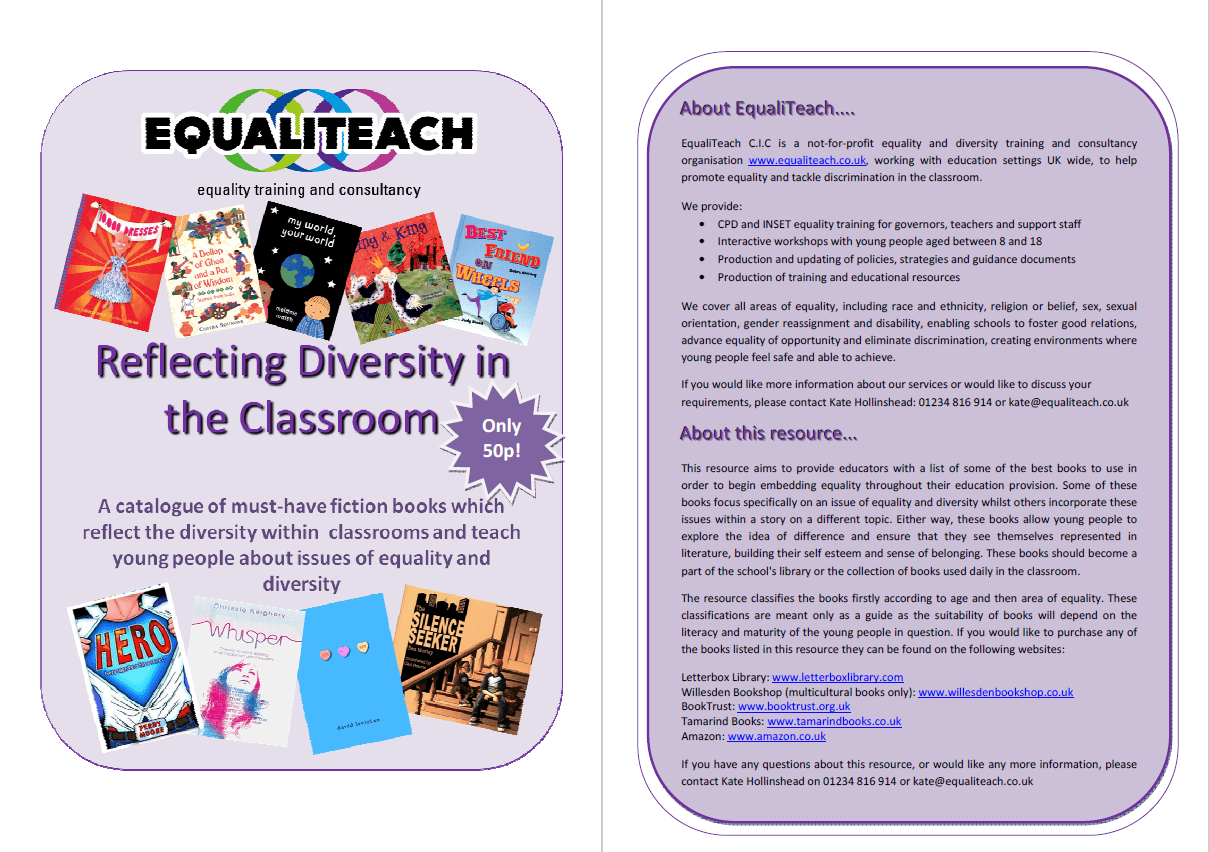Successful people – Are you guilty of indulging in stereotypes?

Teaching kids that success looks a certain way can be damaging, says Alison Kriel. Here’s what to do instead…

- by Alison Kriel

In your vibrant and exciting primary community, are you questioning pervasive stereotypes about success and successful people as much as you could or should?
Do you challenge the view of your pupils – and your peers?
None of us in teaching (you’d hope) sets out to limit the options of our learners.
We generally teach to give the next generation more opportunities, not fewer. Yet, stereotypes persist, often because we’re not always conscious of them.
On top of that, even the seemingly positive stereotypes can be stifling.
Middle-class identities
Take our view of white middle-class identities in relation to success and successful people.
It can seem really positive to let pupils from all backgrounds know that they can excel in different areas.
We often suggest that diversity means having non-white lawyers, doctors, business people, architects, and so on.
Essentially, that success requires a university education and a high-paying position – preferably one with status.
It’s of course important to provide role models in positions such as these for all children no matter their background.
However, being too reliant on providing high-ranking jobs as the essence of success can be a problem in and of itself.
By selling identities associated with the white middle-class as the ultimate doorways to success, we’re denying pupils the opportunity to excel as experts across the whole range of professional fields, whether this is architecture, medicine, dance, or cookery.
It’s easy to fall into these stereotypes, too. I’m not trying to lay the fault at teachers’ feet.
Persistent stereotypes
More often than not, we’re put into boxes from the moment we’re born. The colour of our baby clothes, gendered toys, and the perception that certain ethnicities are better at certain subjects.
All the while, white, middle-class, male learners are often perceived as being able to turn their hand to anything.
There’s even been a lot of conversation recently about narrowing the curriculum. Some schools are focusing more on English, maths and science as they feel these will give their students a better chance of success. And that this the ticket to better careers and living happily ever after.
But already in today’s ever-changing world, that’s not the case.
I don’t mean to discredit these vital subjects. But prioritising the traditional options over others helps no-one, and stops us from nurturing the versatile, creative spectrum of thinkers that kids can become.
In order to allow children from all backgrounds to broaden their ideas of success – and perhaps pursue the arts, rather than business, or building, rather than accounting – we first need to paint these pursuits as worthwhile, and show they can also lead to ‘success’.
Life skills
There is already an appetite for this in schools. In Pearson’s recent School Report, teachers wanted to see life skills incorporated into the curriculum with as much time and emphasis as core subjects.
They also wanted to develop tolerance of diverse opinions, and social and cultural awareness. They feel these characteristics will allow learners to thrive in today’s world.
As part of this, schools need to expose learners to global perspectives. To show them role models beyond their immediate communities, and beyond the UK too.
If the current market is anything to go by, many of our children will be self-employed. They will therefore need to know how to market their unique skills and character on a global scale.
By exposing all pupils to a much broader outlook, and giving them access to a wide range of skills and knowledge, schools can help combat stereotypes that limit pupils now and for the future.
Whilst it is not the job of schools to change the perceptions of everyone in society, as a teacher you can open children’s eyes to so much more.
You can highlight and celebrate unique talents; show learners that gender or race needn’t determine the course of anyone’s life; and you can help them understand that there is more than just a Plan A. Plan B and even C exist too!
Keep things varied
So, my advice if you’re not sure where to start? Introduce pupils to broader careers, as well as broader subjects.
To help, keep school trips varied, and invite as many different people and businesses in to speak as possible.
By encouraging learners to explore diverse perspectives on ‘success’ and successful people, we not only break down stereotypes, but introduce them to abundant opportunities.
Accept that you’ll make mistakes. Your conversations won’t be perfect, and some views will naturally differ.
But when everyone aims to be on the same page, across the whole school, educators can truly support all pupils at every level – and deconstruct damaging stereotypes for good.
Best of luck.
Alison Kriel is an experienced headteacher, and the founder of Above & Beyond Education. To see what other teachers had to say about diversity and inclusion in education, visit: go.pearson.com/PearsonSR











